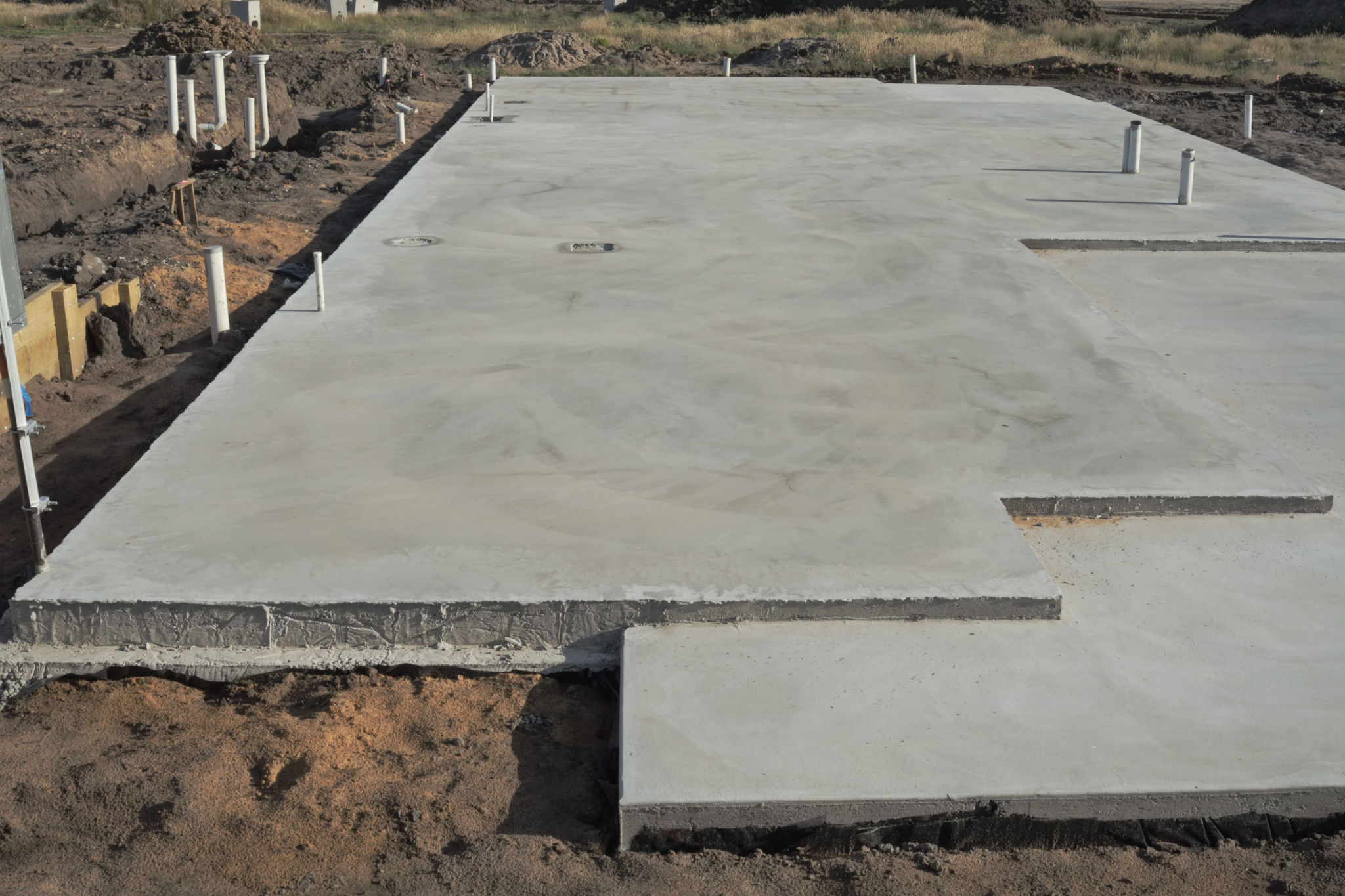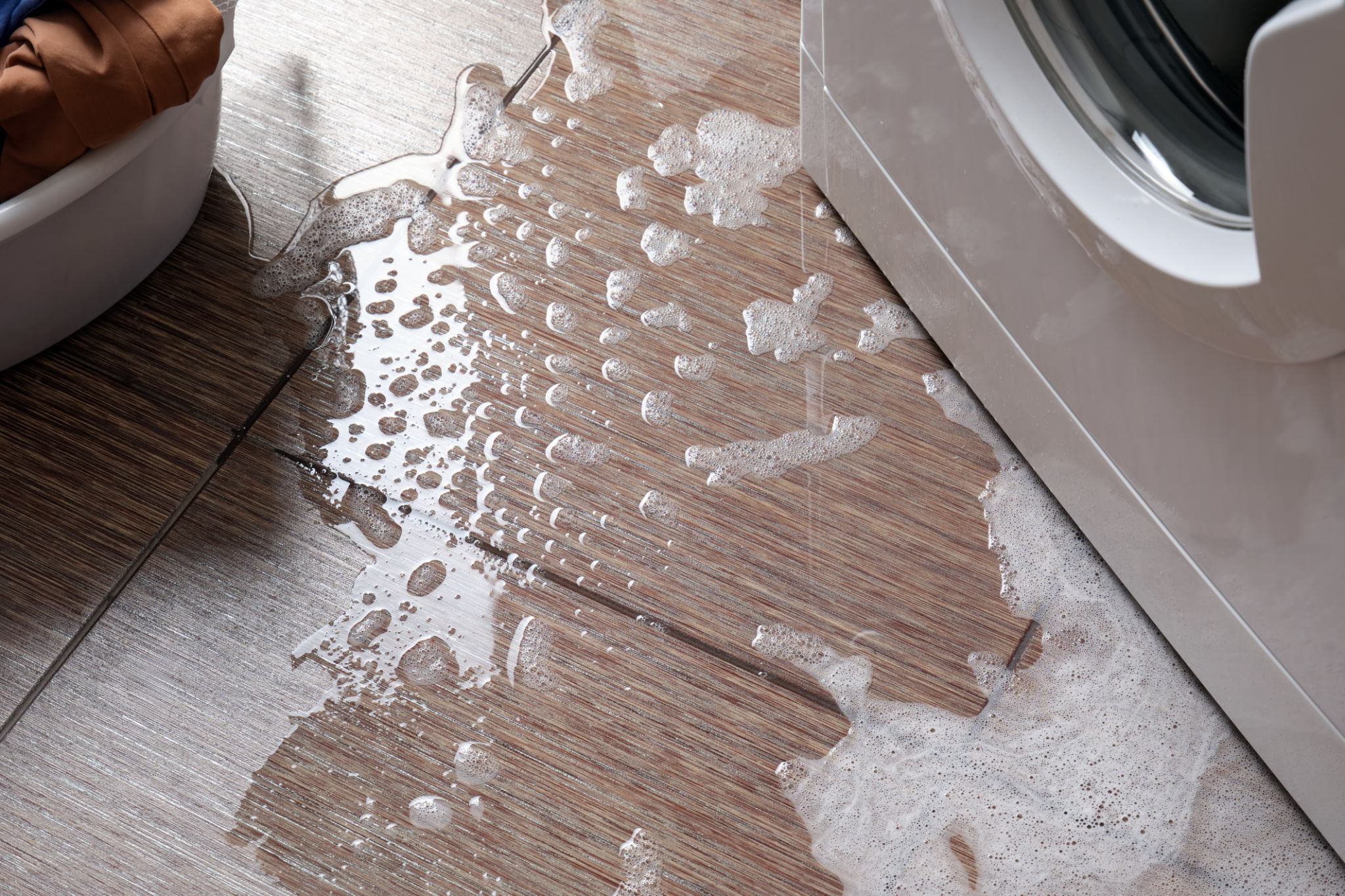What Causes Cracks in Concrete Foundations and How to Prevent Them
Understanding the Basics of Concrete Foundations
Concrete foundations are the backbone of any building, providing stability and support. However, they are not immune to damage. One of the most common issues is the development of cracks, which can compromise the integrity of a structure if not addressed promptly. Understanding what causes these cracks can help in preventing them.

Common Causes of Cracks in Concrete Foundations
There are several factors that can lead to cracking in concrete foundations. One primary cause is the settlement of soil beneath the foundation. As the soil shifts or compacts over time, it can create uneven pressure on the foundation, leading to cracks.
Another significant factor is temperature changes. Concrete expands and contracts with temperature fluctuations, and without adequate expansion joints, this can result in cracking. Additionally, poor construction practices, such as improper mixing or curing of concrete, can also lead to structural weaknesses and subsequent cracks.
The Impact of Water on Concrete Foundations
Water is one of the most damaging elements to concrete foundations. Excess moisture can cause the soil beneath a foundation to expand and contract, leading to instability. This is often seen in areas with poor drainage systems or where gutters are not effectively directing water away from the building.

Moreover, hydrostatic pressure from groundwater can exert significant force against a foundation, causing it to crack. Ensuring proper drainage around a property is crucial in mitigating these risks.
Preventative Measures for Concrete Cracks
Preventing cracks in concrete foundations begins with proper planning and construction practices. This includes ensuring that the soil is adequately compacted before laying the foundation and using high-quality materials that are suitable for the specific environmental conditions.
Regular maintenance is also key. This involves checking for signs of water pooling around the foundation and ensuring that gutters and downspouts are functioning correctly. It might be beneficial to install a drainage system if water collection is a persistent issue.

Repairing Existing Cracks
If cracks have already developed, it's important to address them as soon as possible. Small cracks can often be repaired using a concrete filler or sealant. However, larger or more severe cracks may require professional assessment and repair to ensure that they do not compromise the building's safety.
Engaging with a structural engineer or a qualified contractor can provide insight into the severity of the issue and the best course of action to take. Early intervention can save significant time and costs associated with more extensive repairs.
Conclusion
Understanding what causes cracks in concrete foundations is crucial in preventing them. By being aware of the factors that contribute to cracking and taking proactive steps to address potential issues, homeowners and builders can maintain the structural integrity of their buildings effectively.
